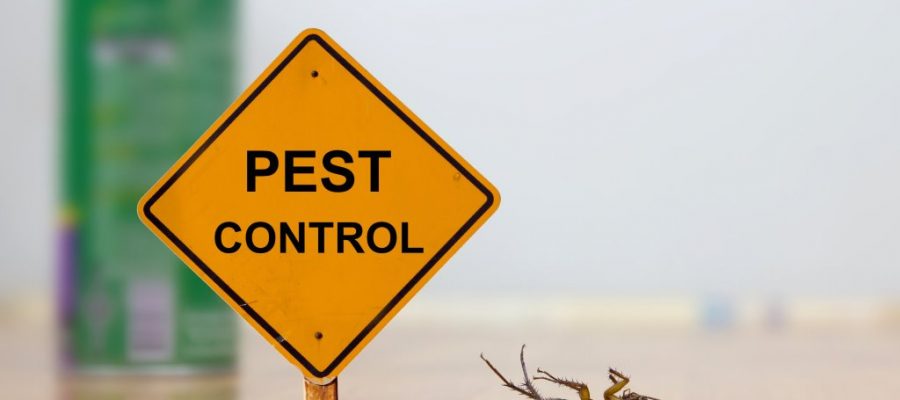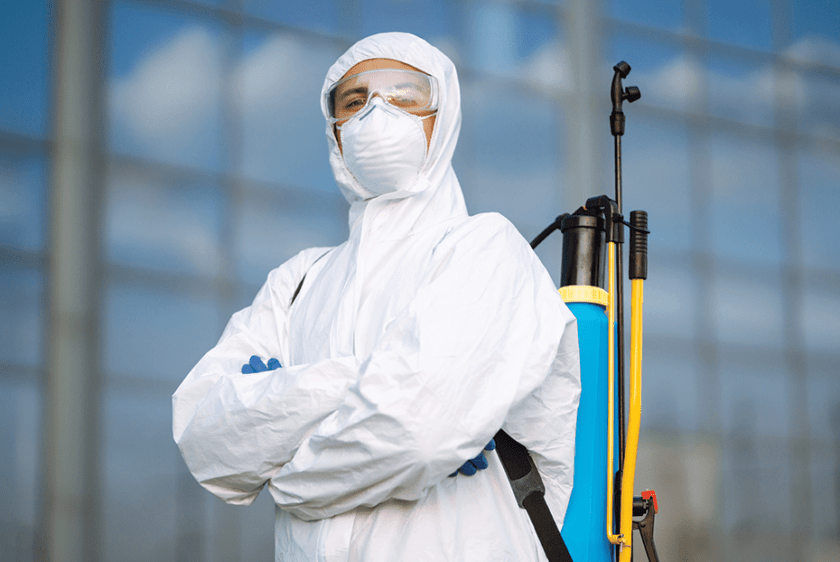Reliable Pest Control to get rid of bugs, rodents, and termites quickly.
Eco-Friendly Pest Control Approaches for Handling Wildlife in Urban Areas
Urban areas commonly locate themselves at the crossway of human task and wildlife, causing special obstacles in insect monitoring. Environment-friendly methods stress lasting coexistence, using strategies such as habitat alteration and all-natural repellents to minimize human-wildlife conflicts. These strategies not only protect the atmosphere yet likewise boost neighborhood involvement in wild animals administration. As city populations proceed to expand, recognizing the characteristics of wildlife interactions ends up being significantly vital. What innovative approaches can be applied to make sure both eco-friendly equilibrium and metropolitan safety? Discovering this concern discloses a compelling landscape of possible solutions.
Recognizing Urban Wildlife Characteristics
Understanding Urban Wild animals Dynamics is necessary for developing efficient and green bug control techniques. Urban locations are significantly becoming habitats for different wildlife types, driven by elements such as habitat fragmentation, food accessibility, and human encroachment. Recognizing these characteristics allows for a nuanced technique to pest monitoring that lines up with environmental concepts.
Urban wild animals typically includes varieties such as raccoons, squirrels, and birds, which adjust to city atmospheres, finding specific niches in eco-friendly rooms, parks, and even suburbs. Their existence can lead to disputes with people, specifically when they make use of human resources for food and shelter. Recognizing the behaviors and eco-friendly functions of these types informs approaches that lessen adverse communications while advertising biodiversity.
Additionally, acknowledging the interdependencies within metropolitan environments assists in determining essential locations for environment conservation and reconstruction. This knowledge adds to the development of integrated bug management (IPM) strategies that think about the eco-friendly equilibrium, consequently reducing reliance on damaging chemicals. By promoting coexistence between humans and urban wildlife, cities can create healthier environments that benefit both citizens and local communities, leading the way for sustainable urban living.
Natural Repellents and Deterrents
All-natural repellents and deterrents supply a lasting choice to traditional insect control techniques by taking advantage of the power of nature to maintain undesirable species at bay. These eco-friendly solutions typically make use of plant-based components, vital oils, and various other normally happening materials that hinder pests without hurting the environment.
One effective natural repellent is peppermint oil, which is recognized to fend off rats and bugs. Its strong scent is unpleasant to many insects, making it a preferred choice for metropolitan settings. Vinegar and citrus peels can offer as deterrents, as their solid smells are commonly uninviting to different wild animals.
In addition, diatomaceous earth is an all-natural powder that can be spread out in locations vulnerable to parasite activity, successfully drying out and discouraging pests without presenting threats to non-target varieties. Garlic sprays and neem oil are recognized for their capability to drive away a broad variety of bugs, consisting of both bugs and larger wild animals.
Applying these natural repellents not just minimizes dependence on chemical pesticides however likewise promotes a much healthier metropolitan ecosystem, fostering a much more balanced coexistence in between human beings and wild animals. By using these techniques, urban locations can properly handle parasite populaces while reducing environmental influence.
Environment Modification Techniques
Effective environment alteration strategies play a vital role in sustainable parasite administration by altering the atmosphere to make it much less conducive to pest invasions. By comprehending the eco-friendly characteristics of metropolitan areas, homeowner can apply strategic adjustments that hinder insects while promoting biodiversity.
(Pest inspection Port Charlotte)One primary technique involves preserving proper hygiene. This includes routine waste elimination, safeguarding garbage can, and getting rid of standing water to reduce reproducing websites for insects and rodents. In addition, landscape design techniques such as picking indigenous plants can boost ecological equilibrium, providing habitats for advantageous microorganisms while minimizing resources for insects.
One more essential strategy is to secure entry points in buildings. Evaluating and fixing fractures in foundations, wall surfaces, and home windows can significantly decrease parasite gain access to. Furthermore, developing physical barriers, such as fences or plant buffers, can inhibit wildlife activity right into human-inhabited areas.
Integrated Pest Monitoring Practices
Building upon environment alteration strategies, integrated parasite management (IPM) techniques use an all natural strategy to managing bug populations while reducing ecological influence. IPM integrates various strategies, including organic, cultural, mechanical, and chemical controls, to achieve effective insect management.
Biological control involves the introduction of natural killers or parasites to minimize pest populations. Cultural practices, such as plant turning and cleanliness, interfere with pest life cycles and diminish their environments - Pest Control. Mechanical controls, like catches and barriers, supply immediate alleviation from parasite pressures without chemical treatment
Chemical controls are made use of as a last hope, concentrating on targeted applications that restrict injury to non-target species and the setting. The option of eco-friendly pesticides, when essential, is essential to the IPM structure. Additionally, keeping track of pest populaces and assessing potential damages assists inform decision-making, ensuring that treatments are timely and efficient.
Community Participation and Education And Learning

(Mosquito Treatment)Workshops and informative sessions can furnish residents with expertise about native species, environment preservation, and efficient non-toxic parasite administration techniques. Cooperation with institutions, neighborhood companies, and federal government firms further boosts academic outreach, making certain that essential info reaches diverse audiences.
Additionally, community-led campaigns, such as area clean-up days and environment repair projects, not only advertise biodiversity but likewise enhance community ties. Pest control service. By motivating citizens to share their experiences and monitorings, neighborhoods can create targeted approaches that attend to details local parasite concerns
Including comments from locals into insect monitoring prepares enables a much more receptive and adaptive approach to wild animals difficulties. Ultimately, educated and involved areas are crucial to attaining long-lasting success in environmentally friendly pest control, bring about much healthier metropolitan atmospheres that respect both human and environmental demands.

Final Thought
In verdict, green pest control comes close to offer sustainable solutions for handling metropolitan wildlife. By focusing on environment adjustment, utilizing natural repellents, and implementing integrated insect management techniques, neighborhoods can cultivate a harmonious coexistence with neighborhood animals.